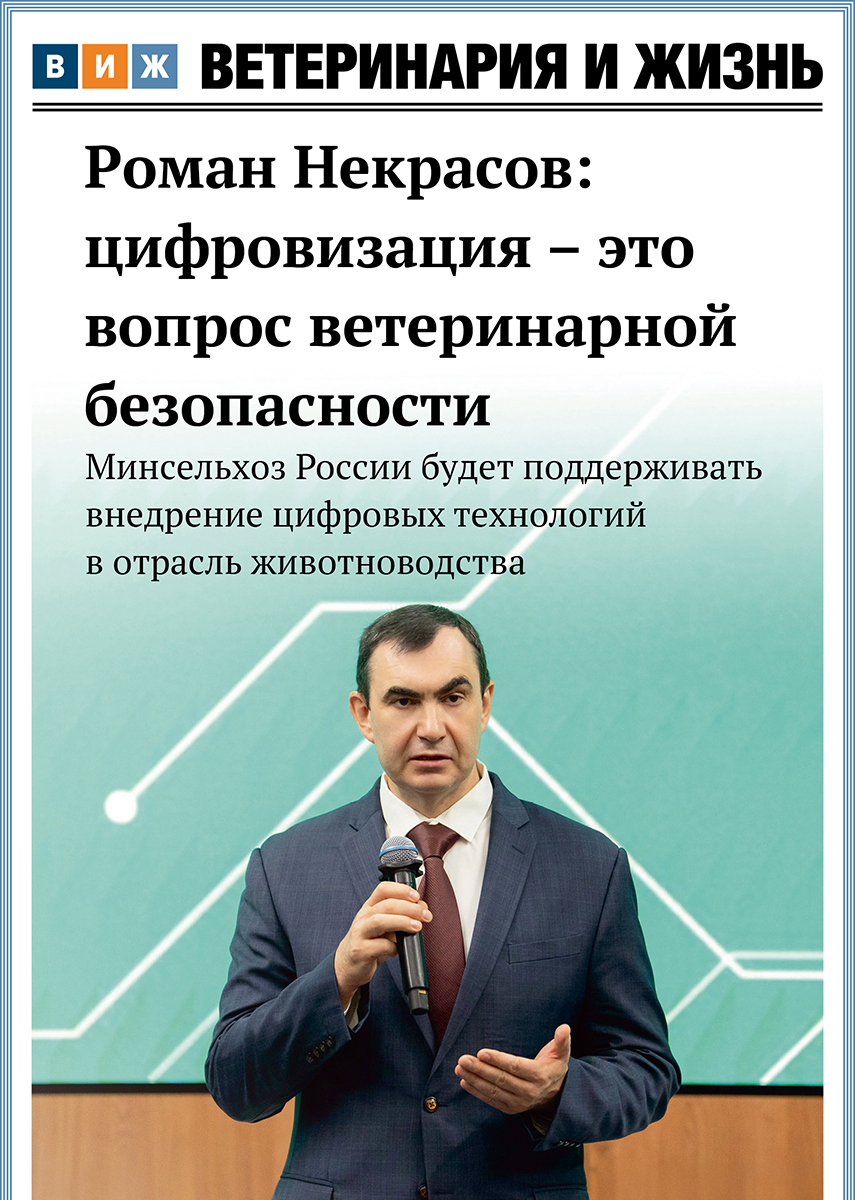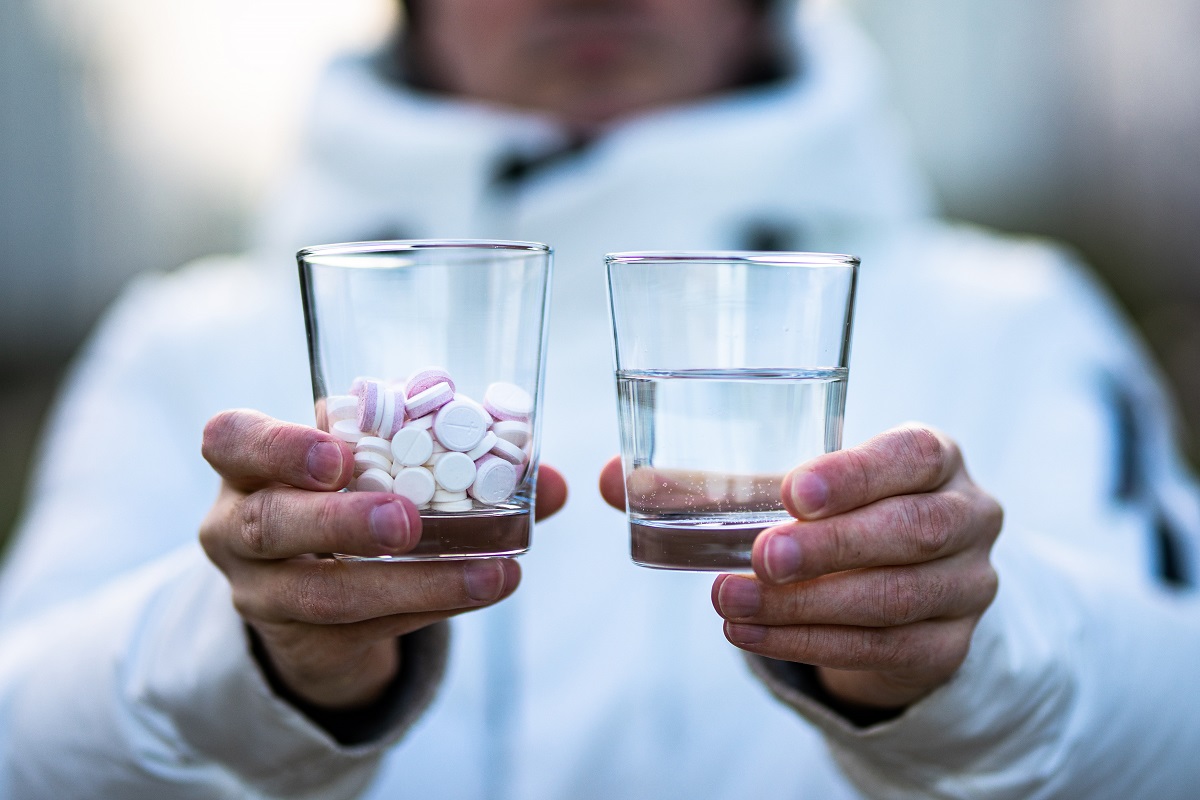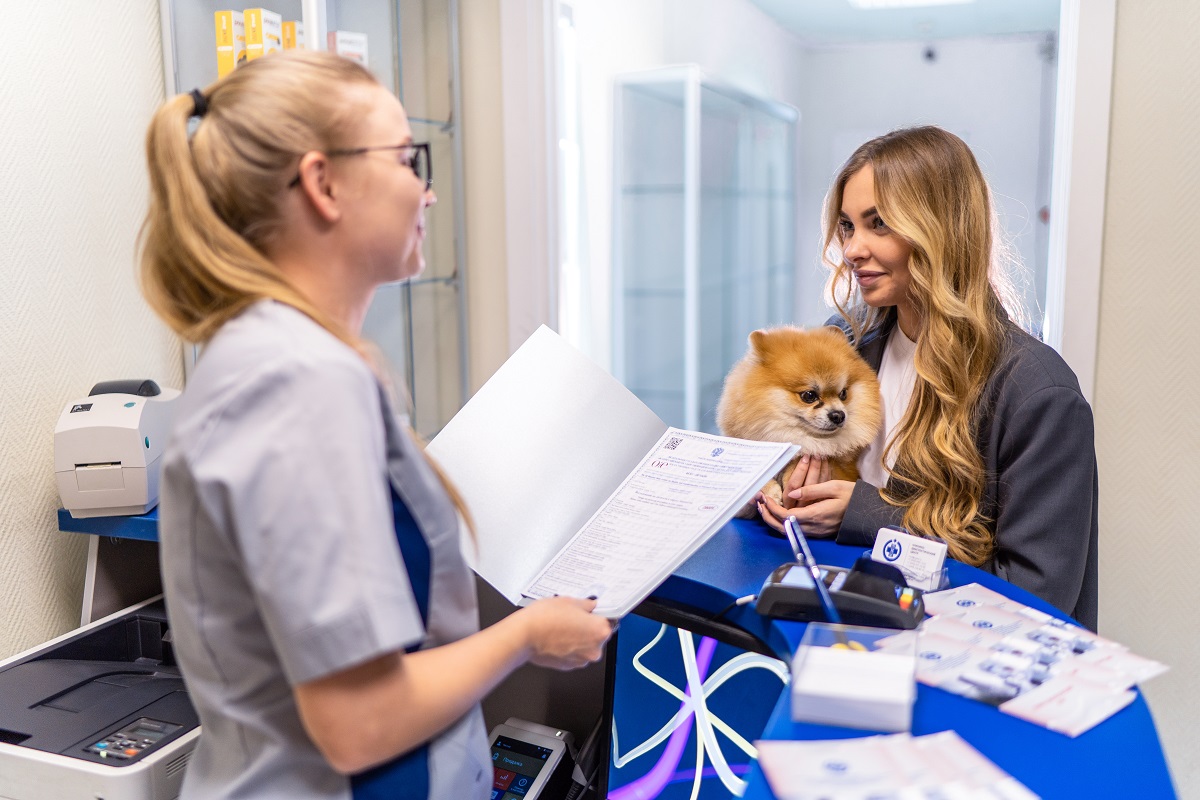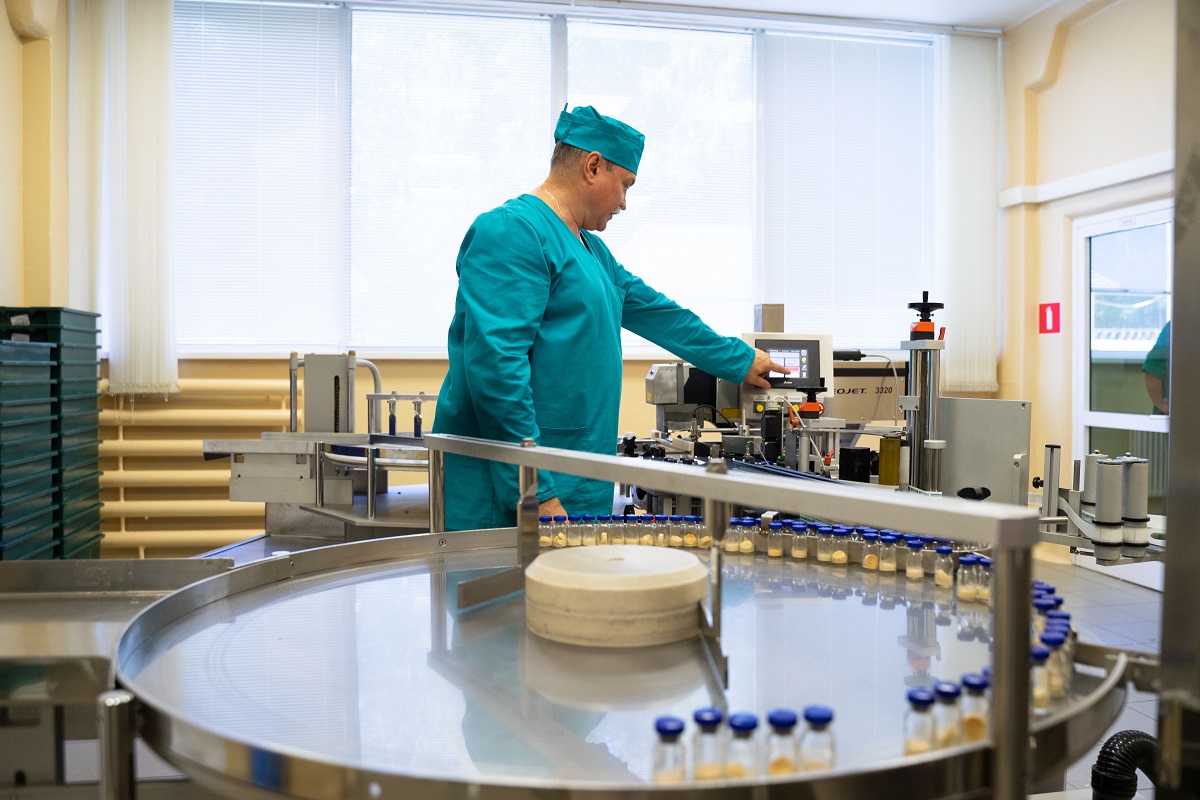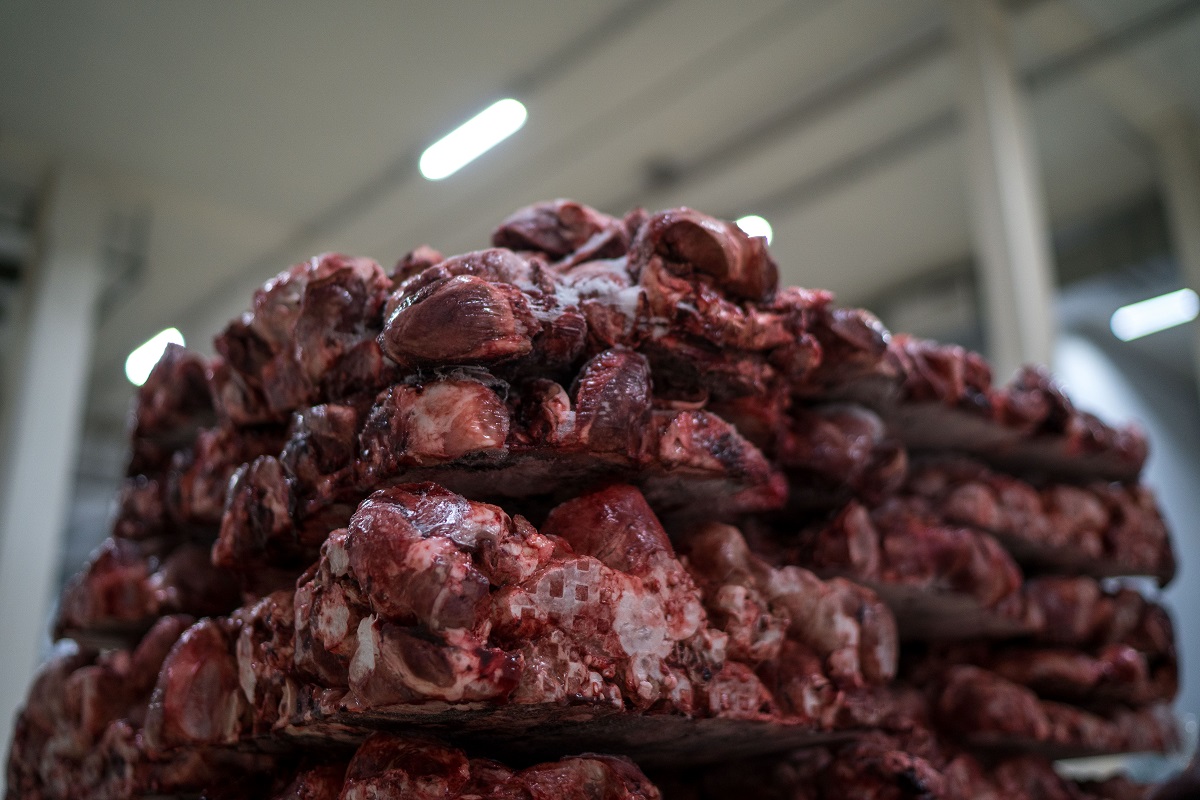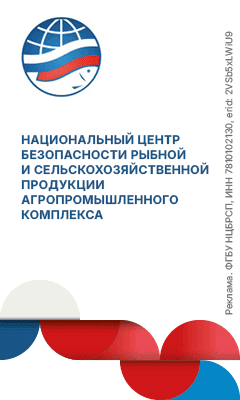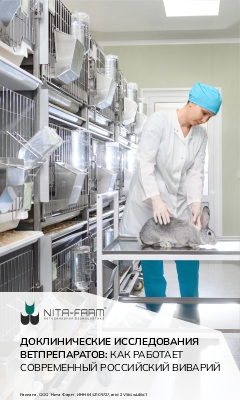The order will come into force March 1, 2022 and be effective for 6 years through March 1, 2028
This list includes two groups of animal drugs.
The first group covers unapproved animal drugs. For instance, azaglinafarelin, amidinopenicillins (mecillinam, pivmecillinam), aminoglycosides (amikacin, tobramycin). Also, it will be prohibited to use glycopeptides, glycocyclines, carbapenems, lipopeptides, nitroimidazoles (with the exception of metronidazole), nitrofurans, including furazolidone.
The second group includes antimicrobials if their active substances are not prohibited by the biological safety law (Federal Law №492).
In particular, the second group covers aminoglycosides (apramycin, gentamicin), dihydrostreptomycin, kanamycin, neomycin, paromomycin, streptomycin, framycetin. Penicillins, azalides, lincosamides, macrolides, nitroimidazoles, polypeptides, streptogramins, fluoroquinolones and cephalosporins are included in the second group as well.
According to experts, the new list of unapproved animal drugs will help combat the issue of antimicrobial resistance (drug-resistant pathogens). Antimicrobial resistance is a global public health concern which all countries of the world are now trying to tackle including Russia. As Veterinary Medicine and Life previously reported, the State Duma is currently considering a bill on the reduction of antimicrobial use in animals.

